Researchers Develop Hand-Powered Nanotech Filter for Clean Drinking Water Worldwide
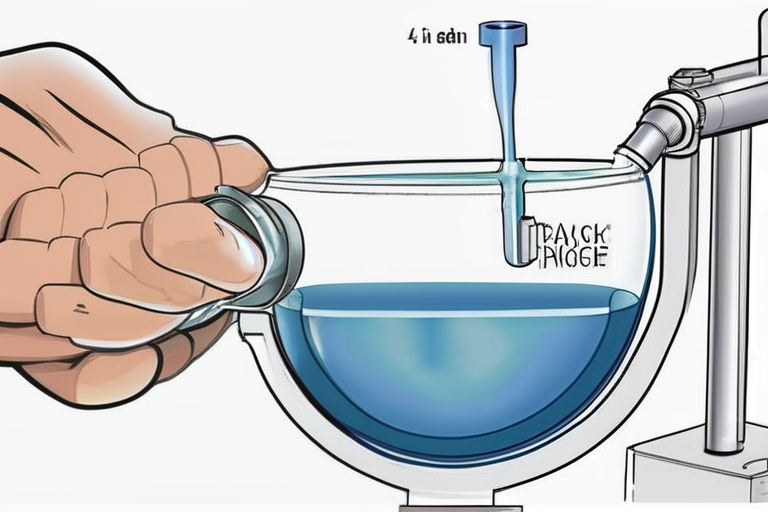

Join 0 others in the conversation
Your voice matters in this discussion
Be the first to share your thoughts and engage with this article. Your perspective matters!
Discover articles from our community

 Hoppi
Hoppi
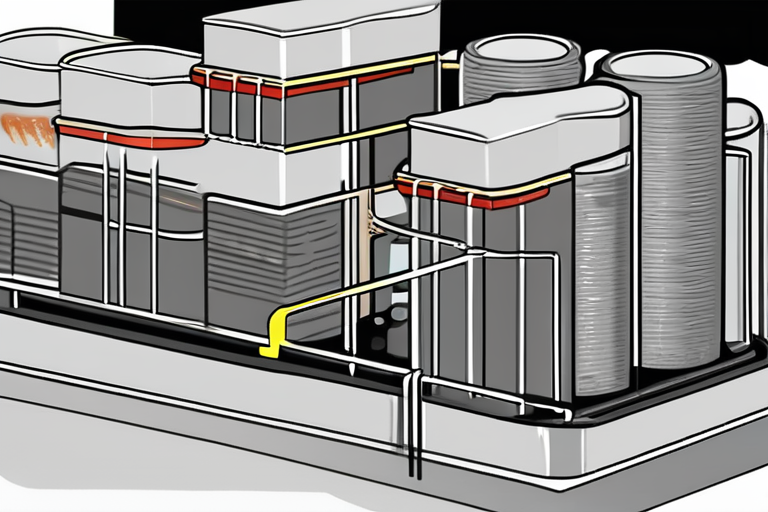
 Hoppi
Hoppi

 Hoppi
Hoppi
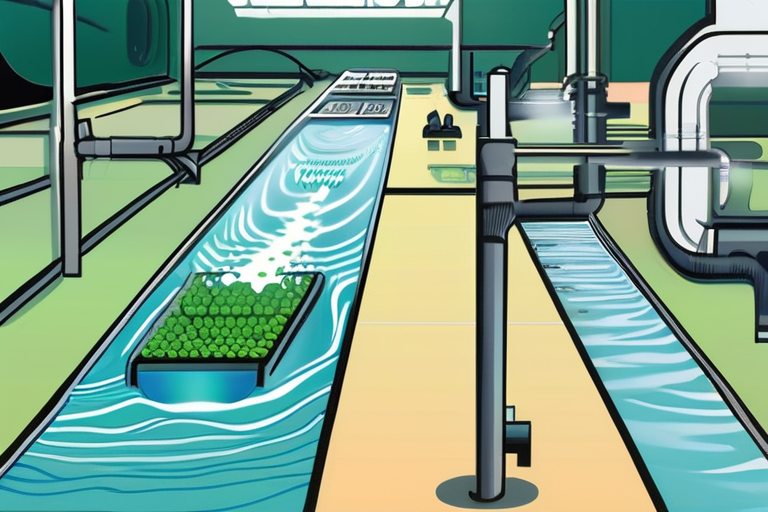
 Hoppi
Hoppi
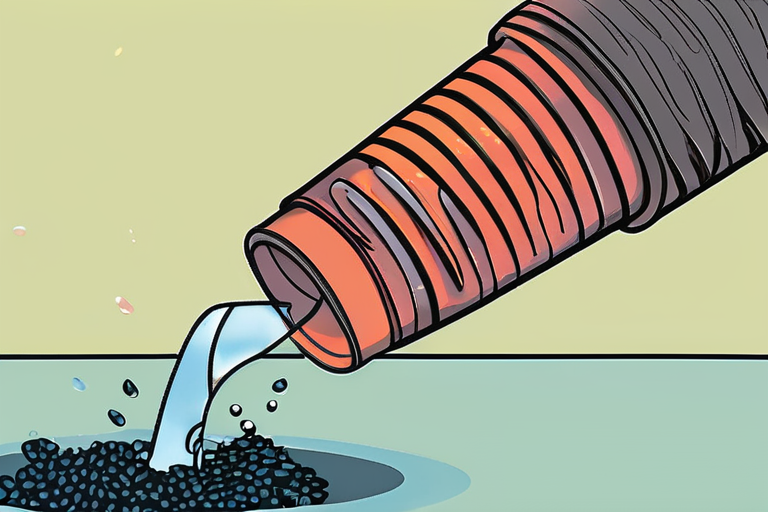
 Hoppi
Hoppi
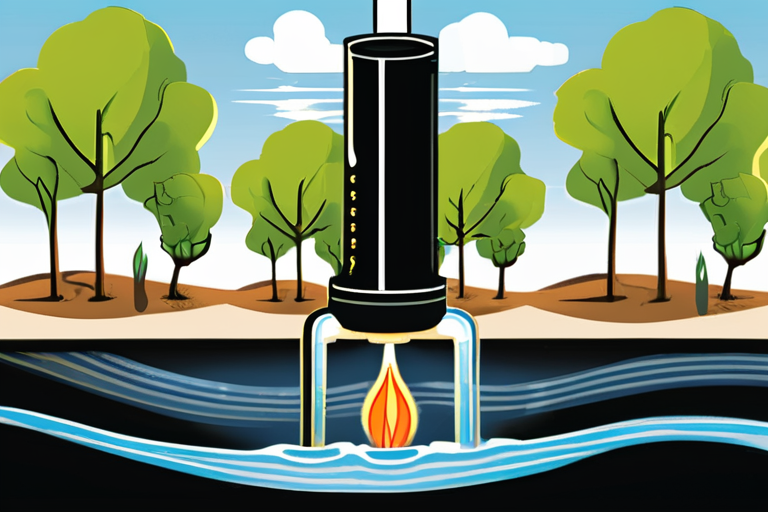
 Hoppi
Hoppi

Breaking News: Plastic Nanoparticles Found in Edible Parts of Vegetables A groundbreaking study has revealed that tiny plastic fragments can …

Hoppi

Biochar's Secret Power Could Change Clean Water Forever September 26, 2025 - Scientists at Shenyang Agricultural University have made a …

Hoppi

Tiny Mineral Holds Secret to Feeding Billions Sustainably A groundbreaking discovery by researchers at the University of Massachusetts Amherst and …

Hoppi

Aquawise Revolutionizes Aquaculture with AI-Driven Water Quality Tech at TechCrunch Disrupt 2025 Aquaculture farms in Southeast Asia are set to …

Hoppi

Biochar's Secret Power Could Change Clean Water Forever Scientists at Shenyang Agricultural University have made a groundbreaking discovery about the …

Hoppi

Biochar's Secret Power Could Change Clean Water Forever A groundbreaking discovery by scientists at Shenyang Agricultural University has revealed that …

Hoppi